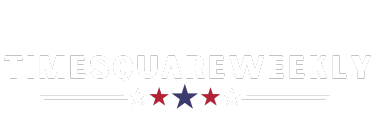Investors eagerly await the upcoming report on Friday, which is expected to reveal a slowdown in the pace of hiring in June. This news comes on the heels of lackluster data in both the services and manufacturing sectors, further solidifying expectations of interest rate cuts as early as September.
Anticipation of lower interest rates, which would make borrowing more affordable for consumers and businesses, has historically led to market upswings. Major stock indexes have been thriving in recent weeks, with the S&P 500 hitting new highs and posting a substantial increase of over 16% this year. However, the Russell 2000 index, which tracks smaller, more economically sensitive companies, has remained relatively stagnant, reflecting the impact of recent weaker economic indicators.
Economists predict that the June jobs report will depict a robust labor market, although with fewer job additions and a slowdown in wage growth. This follows disappointing outcomes in manufacturing and services surveys earlier in the week.
In conjunction with signs of subdued inflation, a deceleration in economic growth may provide justification for the Federal Reserve to implement rate cuts, which have been at elevated levels for an extended period. Federal Reserve Chair Jerome H. Powell hinted at the possibility of rate cuts at a recent conference, citing the need to sustain progress in inflation, a strong labor market, and overall economic growth.
While Mr. Powell did not specify a timeline for rate adjustments, investors are speculating that the Fed may act in September, with expectations of multiple quarter-point cuts throughout the year. This belief has strengthened in light of recent data indicating a weakening economy as the year progresses.
Analysts at Deutsche Bank noted that the data has been “weaker than expected,” reinforcing the narrative of a slowing economy as we enter the latter half of the year.








